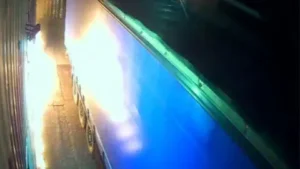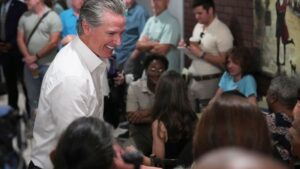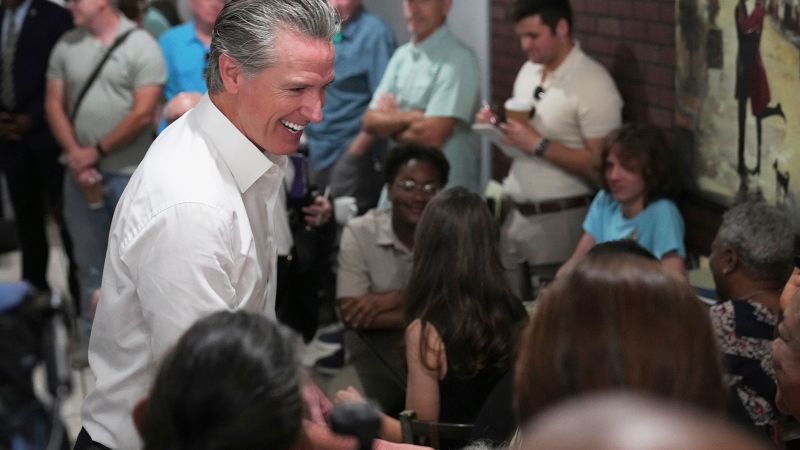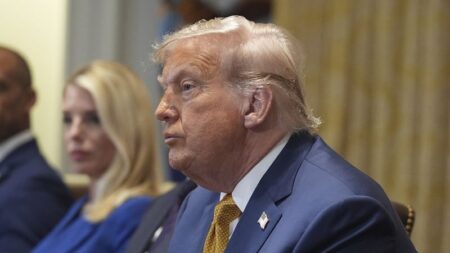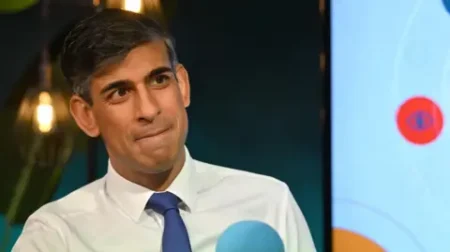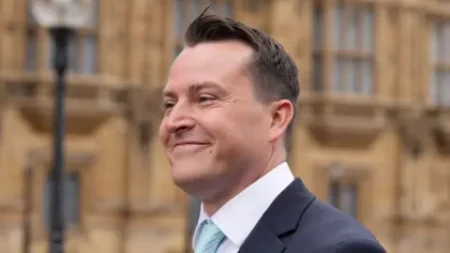California Governor Gavin Newsom embarked on a significant journey through rural South Carolina, stirring conversations on multiple fronts as he seeks to establish himself as a prominent figure in the Democratic Party’s resurgence. This visit, marked by pointed critiques of former President Donald Trump, also ignited speculation regarding a future presidential bid in 2028. Newsom’s approach can be characterized by a blend of defiance against Trump’s policies and an effort to connect with the electorate in this key early primary state, marking his first major foray into the southern political landscape for some time.
During his speech in Bennettsville, Newsom seized the opportunity to engage with the audience, delivering a defiant message aimed at Trump’s administration. In a speech lasting approximately 15 minutes, he expressed alarming concerns about the first six months of what could potentially be Trump’s second term. By framing the situation as a pivotal moment for the Democratic Party, Newsom passionately asserted, “It’s not what happens to us; it’s how we respond to it. And our opportunity presents itself anew. In 18 months, you have the power to end Donald Trump’s presidency.” This declaration incited a wave of applause, demonstrating the resonance of his message with those present.
The Governor’s address was rich in commentary on various issues, particularly regarding Trump’s recent actions. He criticized the administration’s legislative agenda, deeming it effectively over, and further urged voters to exercise their influence during the midterm elections. Throughout the event, Newsom used rhetorical strategies to align himself with the audience, often punctuating his speech with regional vernacular, such as “y’all,” to cultivate a sense of familiarity and relatability.
In addition to misgivings about Trump’s policies, the Governor also seized upon recent natural disaster events, including immigration crackdowns in California and devastating flooding in Texas. Newsom lambasted Trump’s leadership in these areas, decrying military troop deployments aimed at immigration enforcement as a disturbing spectacle during a summer camp in Los Angeles. “Donald Trump decided to send hundreds and hundreds of military troops into the park… Cruelty is the point,” he remarked, pointing to perceived injustices within the administration’s approach. He also recounted past clashes with Trump during California’s wildfire disasters, emphasizing the lack of accountability or concern from the former president regarding the state’s struggles.
While Newsom’s criticisms were clear, Trump himself did not mention the California Governor by name during a related address at the White House, opting instead to categorize him as “one of the worst governors” in the nation. Trump defended the federal response to California’s wildfires, asserting that without intervention, the city of Los Angeles would have faced catastrophic destruction.
Newsom’s slide into the political spotlight was also evidenced by his support for President Joe Biden, particularly about his forthcoming role as a surrogate during the first presidential debate scheduled for June 2024. His declaration of loyalty to the Democratic Party and its values resonated with attendees, amplifying the idea of him as a potential 2028 candidate. Furthermore, his recent legal actions against Fox News for defamation, which received applause during the event, showcased his readiness to confront media narratives that he views as misleading.
This swing through South Carolina represents Newsom’s strategic entrenchment into the political landscape, where he will need to navigate complex dynamics for a potential 2028 campaign. Many attendees expressed that they viewed him favorably, with comments reflecting admiration and curiosity. For example, attendee Samantha Sherman traveled from her home and remarked, “I came to see the next president of the United States.”
Despite the underlying support, reactions to Newsom’s visit from Republicans in South Carolina were predictably scornful. One Republican representative likened his presence to having an unusual dish at a culturally grounded restaurant, highlighting the tension that often runs between California Democrats and Southern Republicans.
In sum, Newsom’s two-day excursion to South Carolina provided a multifaceted approach to his political narrative – one simultaneously geared toward galvanizing Democratic grassroots efforts while establishing a persona aiming for a higher office. As the political landscape continues to evolve, these early forays into regional electorates will likely play a crucial role in shaping future campaigns.

